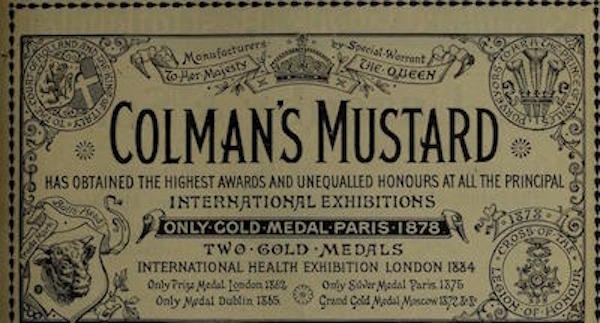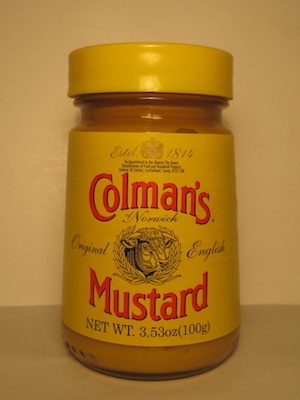I threw a picnic in our garden the other day. We were busy with all…
What does Shakespeare have to do with English mustard?
The English mustard wasn’t love at first. When I first tried it, I found it too hot and salty. I asked myself the question several times: is there anything good in the English mustard at all? But as time went by, I got used to it and I started to like it. As I worked in a factory at the beginning of my carrier producing ketchup, mustard and mayonnaise, the subject is close to my heart and started to do some research about the English mustard.
How it is like?
The first thing to say about the English mustard is that it is very strong (hot), a Hungarian person like me would probably compare it to a very strong horseradish. The second thing you notice is the distinctive yellow colour and the salty taste. The English mustard contains only one spice, turmeric which gives the yellow colour to the mustard. And how strong is it? Very! Apparently, the English mustard is one of the strongest mustards in the world, perhaps there is a Japanese one that is stronger. All in all the taste is totally different of a Hungarian mustard which contains 10-12 types of spices or even the Dijon mustard seems to have mover flavour.
What to eat it with?
The English use mustard not only for hot dogs but for (cooked) beef (like we do at home with horseradish), steaks, but I have seen people having mustard with chips. As I watched people eating English mustard, I realized, they put only a small amount of it on a bite. I have to learn how to eat English mustard, less than we use at home. For cooking the English prefer using Dijon mustard, according to my observations.
The history of the Colman’s mustard
Perhaps the most popular mustard is the Colman’s mustard in England which logo contains a head of a bull, implying mustard is good with beef. The company was established by Jeremiah Colman in Norwich, Norfolk in 1804 when he bought an old mill at auction and started to produce mustard. In 1823 he took his step nephew, J. J. Coleman in the business which was taken over by him after Jeremiah Colman’s death in 1851. J. J. Colman and his wife cared for their employees, they established a nursery for their children and provided housing. The logo appeared in 1855 for the first time and was patented in 1876. The brand received the Royal Warrant in 1866 and the royal court to this day uses Colman’s mustard. In 1903 Colman’s bought the rival mustard company, Keen, Robinson & Company.


Unfortunately, I do not have any royalty free images showing you Keen’s mustard’s first advert, all I can do is to share the slogan which is from Shakespeare’s The Taming of the Shrew:
“What say you to a piece of beef and mustard?”
Keen’s mustard wanted to emphasize that mustard has already existed in Shakespeare’s time and Keen’s was the first company 125 years after Shakespeare’s death producing mustard. This idea may appear a bit strange or odd, but in the 18th and 19th century quotes like this certainly had the desired impact. If I had to chose a quote today for a mustard advert, I would simply go for the one by Mable in “You rang, M’lord?”:
“If God didn’t want us to eat meat, he would not have created mustard.”
PS: Those who would like to try the English mustard, it is available at Tesco in Hungary.




Comments (0)